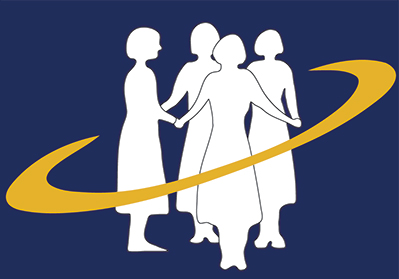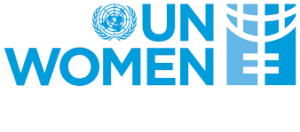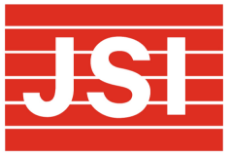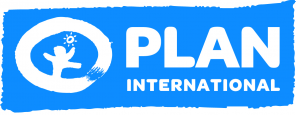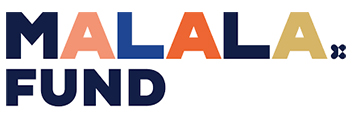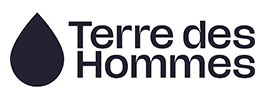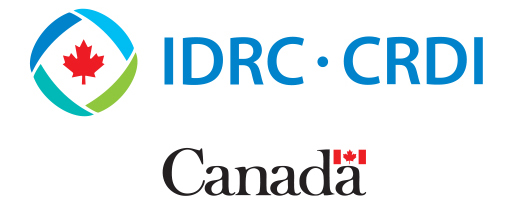Research & Policy Monitoring

Researches & Policy Development
In order to design and implement evidence-based interventions, it is vital to undertake research on various issues. The findings of assessments and researches help to design and implement tailored interventions. Besides, the research findings are used to advocate for the development of policies and to create awareness.
Developing new and/or revising the existing policies are crucial for the enhancement of conducive policy and legislative environment. Research is one of the means to identify basic inputs for policy development. Accordingly, policy development was identified as one of the important strategies to enhance conducive policy and legislative environment.
One of the priority strategies that NEWA has been implementing towards achieving the objective of promoting gender equality and women’s empowerment is producing research based and updated gender dis-aggregated data that are showing women’s economic, social, political and legal status. The existence of an updated and research-based data in the above areas is believed to be an important instrument for NEWA and other women’s organizations to undertake evidence-based advocacy and interventions towards promoting women’s rights. The production of gender dis-aggregated data would also enable NEWA, other CSOs, government as well as development partners to have better focus and prioritization in their planning and interventions towards addressing women’s pressing challenges. In addition, the data is an important instrument to serve as a bench mark for tracking changes and to measure progresses.
Moreover, the production of gender dis-aggregated data is also be an important starting step towards one of NEWA’s objectives of becoming a center of excellence and hence to serve as a source of data and a hub for gender related data and information.
Accordingly, NEWA has produced a gender disaggregated data which the draft document is already finalized and will be validated by relevant stakeholders in March, 2021.
To know the current status of women land right use and identify major challenges for women participation in decision making over land right matters In order to work on document review “Rapid Assessment” was conducted by hiring consultants by preparing TOR.
The result of the assessment shows:
- Women participation in decision making over land matters is very low
- Women land use and administration is at infant stage
- Women participation on decision making over land matters
- Women’s right to and control over rural land is not respected
- A household headed by a woman have no land holding certificate as expected though there is rural land law and office of land administration.
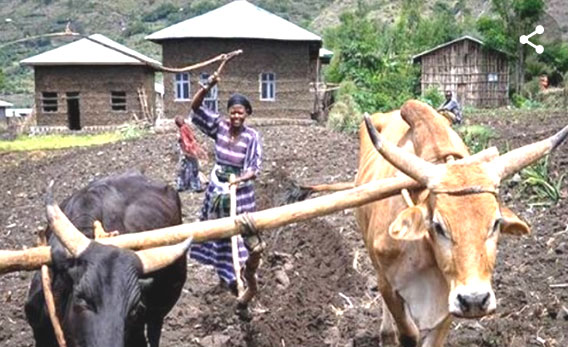 The study has provided “key discussion points” to help the participants discuss on issues of women land right use to initiate them to generate ideas, identify the key problems and bottlenecks and propose possible solutions. After conducting the assessment and validated by concerned stakeholders different intervention have been designed and being implemented to curve the adverse situation. Awareness raising training on women land right provided for law enforcement bodies. 300 female discussion group organized and the discussion is being undertaking with the facilitation of land administration office. To improve male engagement on women land right 140 male discussion group organized and are being supported to discuss, identify challenges and seek solution to minimize social and cultural norms that are affecting the right of women own and utilize rural land. As a result of awareness raising and sensitization program being conducted continuously land certification program included both the name of husband and wife and ensure the direct benefit of women from Conduct rapid assessment on the impact of COVID-19on socio economic carried out and reports produced
The study has provided “key discussion points” to help the participants discuss on issues of women land right use to initiate them to generate ideas, identify the key problems and bottlenecks and propose possible solutions. After conducting the assessment and validated by concerned stakeholders different intervention have been designed and being implemented to curve the adverse situation. Awareness raising training on women land right provided for law enforcement bodies. 300 female discussion group organized and the discussion is being undertaking with the facilitation of land administration office. To improve male engagement on women land right 140 male discussion group organized and are being supported to discuss, identify challenges and seek solution to minimize social and cultural norms that are affecting the right of women own and utilize rural land. As a result of awareness raising and sensitization program being conducted continuously land certification program included both the name of husband and wife and ensure the direct benefit of women from Conduct rapid assessment on the impact of COVID-19on socio economic carried out and reports produced
Rapid assessment was conducted on the socio-economic impact of COVID-19.The purpose of the assessment is to seek government’s multi-sectoral response for COVID 19,to get urgent policy response that put people and their right at the center and to restore the capacity of vulnerable segment of the society. The main target of the assessment were self-employed workers participating in income generating activities in informal sectors, Earnings from pension, Children of school-going age who are from poor family, food insecure households. The assessment tried to address the health and economic status of target beneficiaries. Moreover; during the assessment female student’s attendance, retention, transition and completion rate was assessed and analyzed.
The policy brief was produced based on the assessment report made on the 10 year development plan, and which its data are enriched and validated through the active engagement of civil society organizations working on the area of women’s empowerment and Gender equality as well as from relevant government institutions,. Then, based on the inputs and evidences organized, NEWA has produced a policy brief on the gender perspective of the 10 year development plan. The policy brief has shown how far the development plan has considered women’s issues, what are the major gaps seen in the plan from the gender perspective, and what additional issues need to be addressed or included in the final 10 year development plan. Then, NEWA has submitted the policy brief to the Planning and Development Commission. This helps for the engagement of women in development planning; and to ensure the voices and needs of women are heard and addressed in the development process of the country. Moreover, the process was an important step in creating an opportunity for the close and complementing partnership between relevant government organization and CSOs.
The design of Strategic Planning (SP) helps organization to have clear short- and long-term millstones and targets to reach. It shows where the organizations want to attain in short and medium project implementation periods. Family Service Association (FSA) has selected a consultant through expression of interest to develop SP document. Accordingly, organizational SWOT analysis was made which engaged staff and stakeholders to identify organization’s strong and weak sides similarly what are opportunities and threats for the organization were identified the result are used as input for strategic planning purpose. Besides, the consultant used FSA’s various documents and reviewed to use as input for strategic planning purpose. Now, FSA received the first draft of strategic plan document.
Sign-up for up to date info
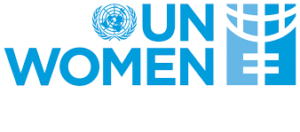

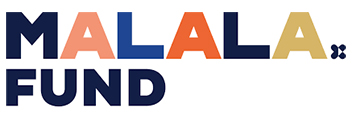
Season Sale
Lorem ipsum dolor sit amet, consectetur adipiscing elit. Ut elit tellus, luctus nec ullamcorper mattis.
Free Shipping
Lorem ipsum dolor sit amet, consectetur adipiscing elit. Ut elit tellus, luctus nec ullamcorper mattis.
Money Back Guarantee
Lorem ipsum dolor sit amet, consectetur adipiscing elit. Ut elit tellus, luctus nec ullamcorper mattis.
